Filled with bars, vintage clothes shops, and artisanal emporiums, Malasaña is hands down Madrid’s hippest neighborhood. Throbbing with activity way into the wee hours, its heart is indisputably Plaza dos de Mayo. But there’s so much to see besides this: dive down any street and you’ll find the barrio full of hidden corners worth exploring. Here are some of my personal favorites.
The office of Ramón Gómez de la Serna
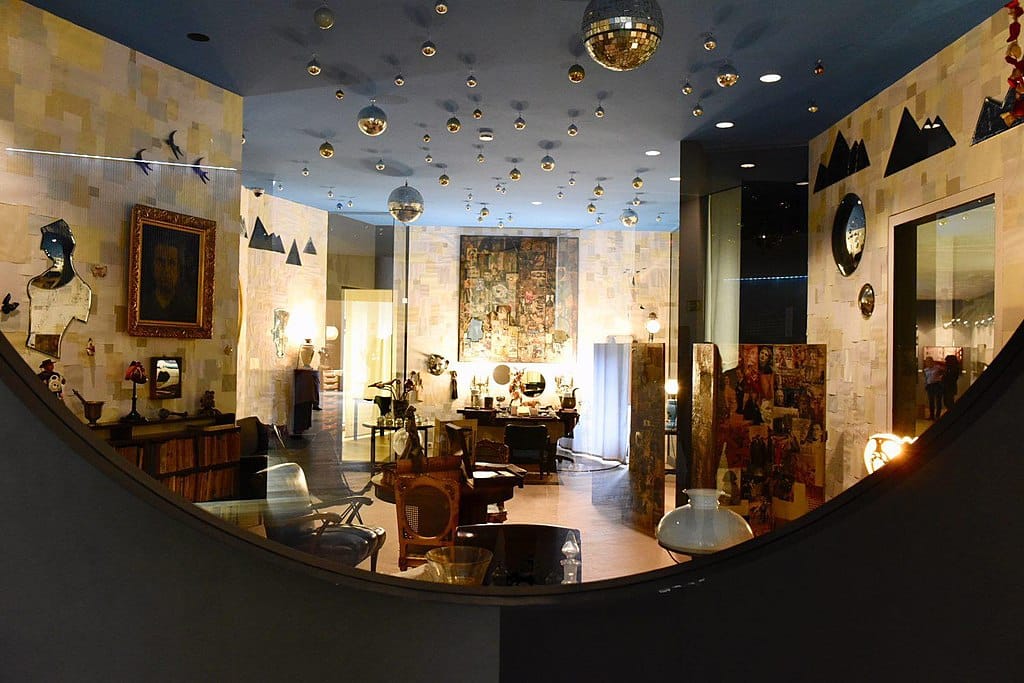
Peer inside the wonderful mind of surrealist writer Ramón Gómez de la Serna at the Conde Duque arts center. Here curators have lovingly reconstructed Gómez de la Serna Buenos Aires office. A treasure trove of weird and wonderful items collected from Spanish flea markets in the 1920s and 30s displayed alongside the artist’s cut-out collages, it’s a wonderful glimpse into a vanished world. This room is part of a larger permanent collection of modern art housed inside a vast arts center that was once a grand barracks. Constructed at the beginning of the Bourbon dynasty, the ornate building exemplifies the Churringueresque architecture of Pedro de Ribera, one of the capital’s most famous architects.
Farmacia Juanse
With its exterior adorned with colorful tiles showcasing ads for obsolete remedies, Farmacia Juanse is a captivating window into a bygone era. It’s the work of Enrique Guijo, the skilled artisan responsible for an early 20th-century revival of ceramic art in Madrid – while little remains of his work you can still see examples at Chamberí Ghost Station, the Sorolla Museum garden, and a recently discovered 1920s soap advert in Sevilla metro.
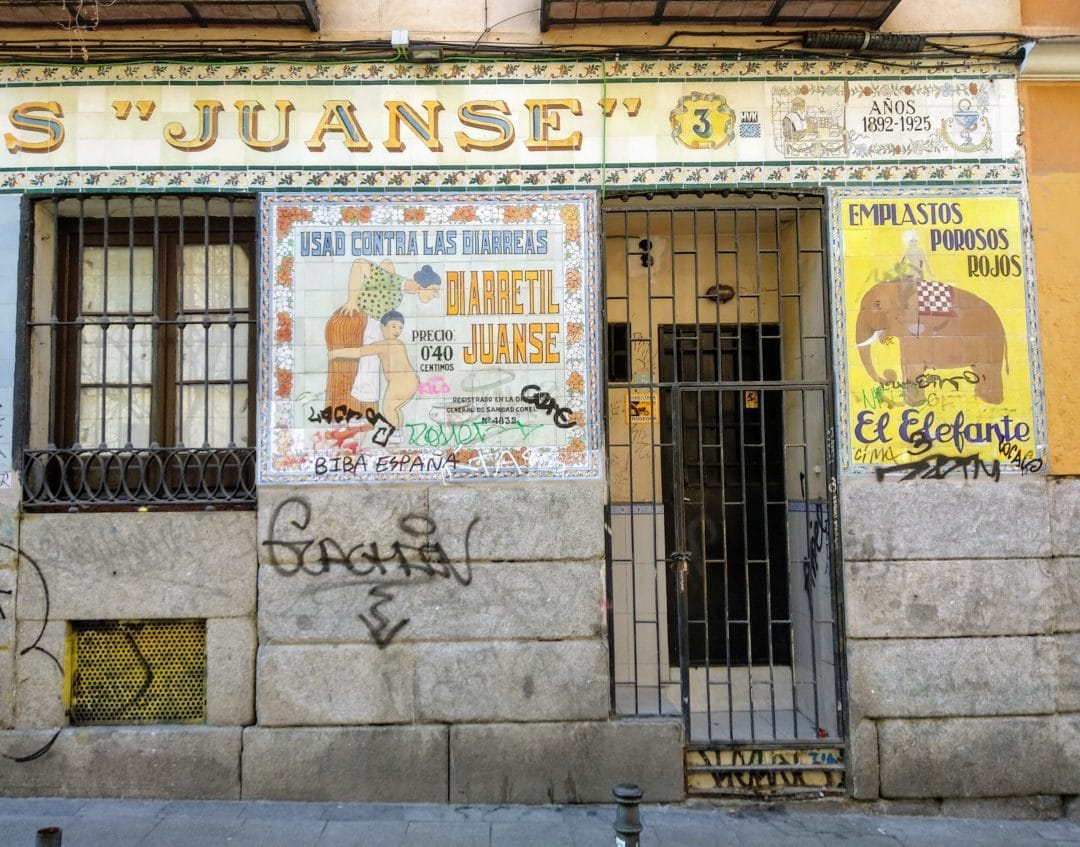
These remarkable tiles narrowly escaped destruction during the dictatorship when they were concealed under plaster to evade advertising taxes. Fortunately, they were later restored and are now cherished as part of Madrid’s cultural heritage. Guijo’s work can be further explored at the nearby Antigua Huevería round the corner.
Teixera map Museum of Madrid
Nip into the Museum of the History of Madrid on Calle Fuencarral to take a peek at this marvellous 17th-century map of the city executed by Portuguese cartographer Pedro Teixeira. A glimpse back in time, you can also see landmarks that have long vanished such as the Alcazar and the Palace in Retiro. You’ll often find Madrileños standing in front of it pointing out differences and similarities. So why not strike up a conversation with a local to find out how the city has evolved?
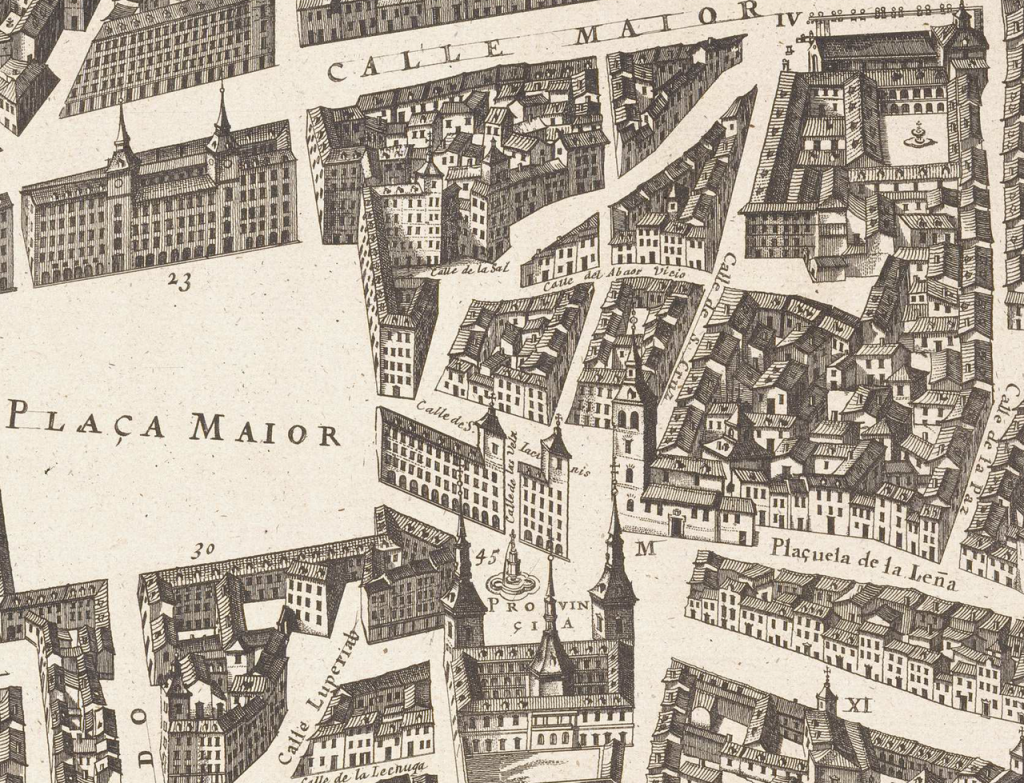
The rest of the collection is well worth taking a gander at too. I’m especially fond of the first floor which is partly dedicated to telling the story of the Dos de Mayo uprisings against Napoleon.
Medium Club
Medium Club offers a potent mix of cocktails, tarot readings, and hypnotism shows to an open-minded clientele. Though a brand new joint, its decor harks back to the 19th century when “mentalism” was all the rage. Performances generally begin at 8 pm but supernatural potions are served well into the witching hour.
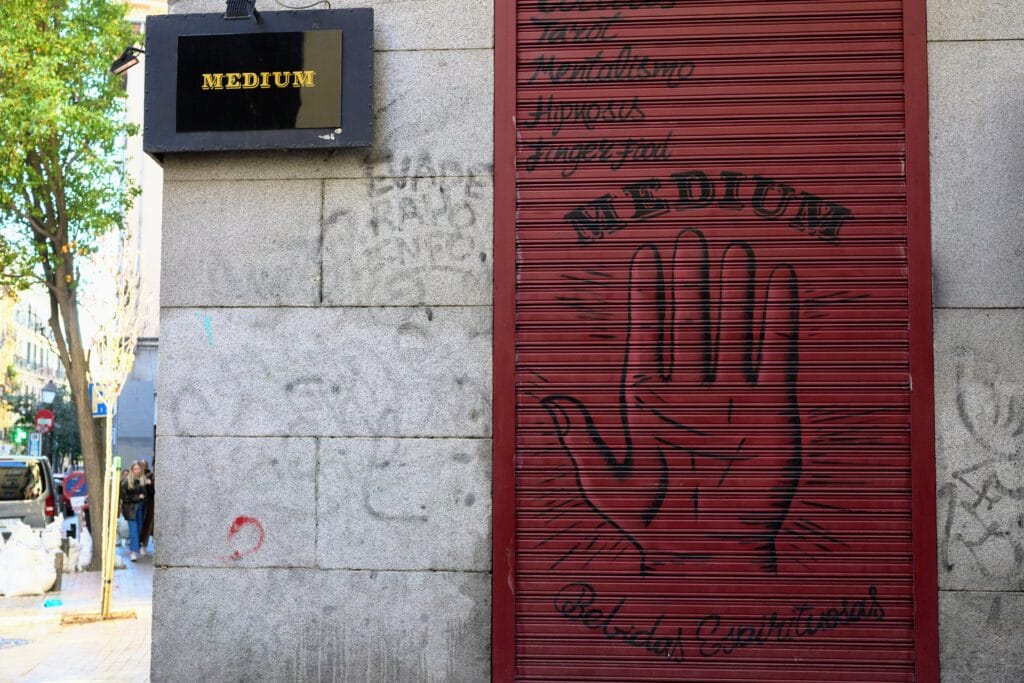
Calle del Pez
In Madrid, street names often change depending on which party is in power. The name of Calle del Pez however, is so old that you can even find this street on Teixeira’s 17th-century map of Madrid. Legend has it that a priest named Don Diego Enríquez once had a huge estate here complete with an elegant fountain playing in a pond filled with fish. When the estate was sold to Juan Coronel, his daughter, Blanca loved to watch the fish swimming around there.
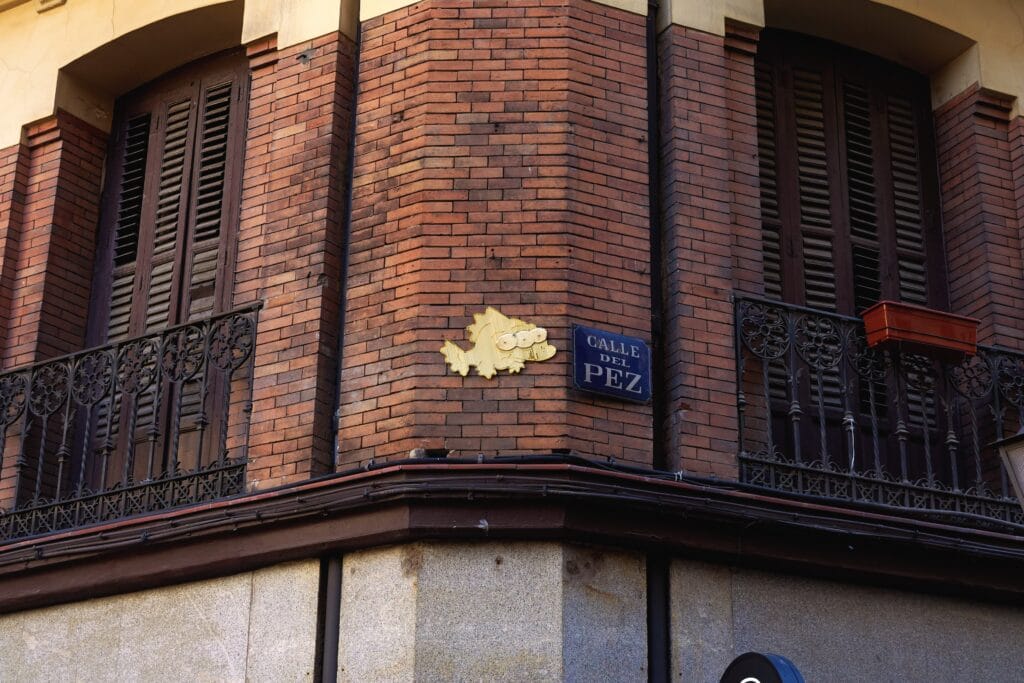
However, one day the pond sprang a leak and the girl was only able to save one fish. When this died, her father made her a plaque with a fish on it to console her and placed it above the door of what became the “Casa del Pez” (the house of the fish). Eventually, the street became known as Calle del Pez and miraculously remains so to this day. Look up at number 24 and you’ll still see a stone plaque of a fish alongside a more modern interpretation in plastic. If you get peckish on your travels, I heartily recommend dropping into el Pez Tortilla on the same street for some of Madrid’s best tortillas.
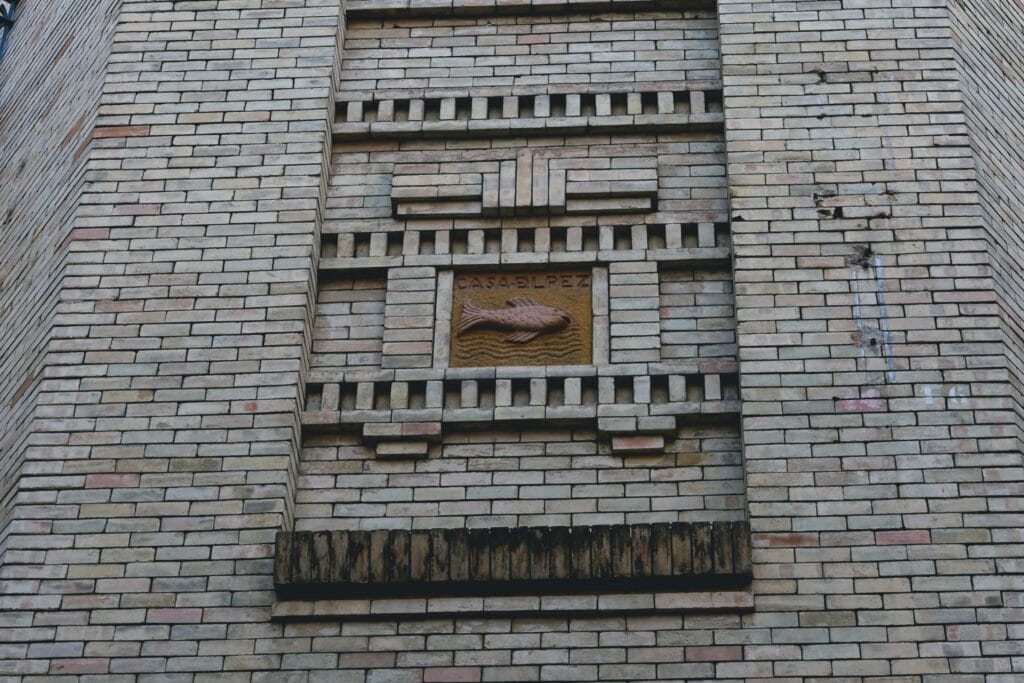
Madrid’s sistine chapel
Inside the plain-looking brick church of San Antonio de los Alemanes are some marvellous Baroque frescos painted by Luca Giordano during the reign of Felipe IV. Originally founded under his father’s rule as a sanctuary for Portuguese immigrants to Madrid, the church was first known as San Antonio de los Portugueses. However, this was a little inconvenient when Spain lost Portugal in 1640. The solution was provided by Felipe IV’s second wife, Mariana of Austria who requested that the name be changed to San Antonio de los Alemanes.
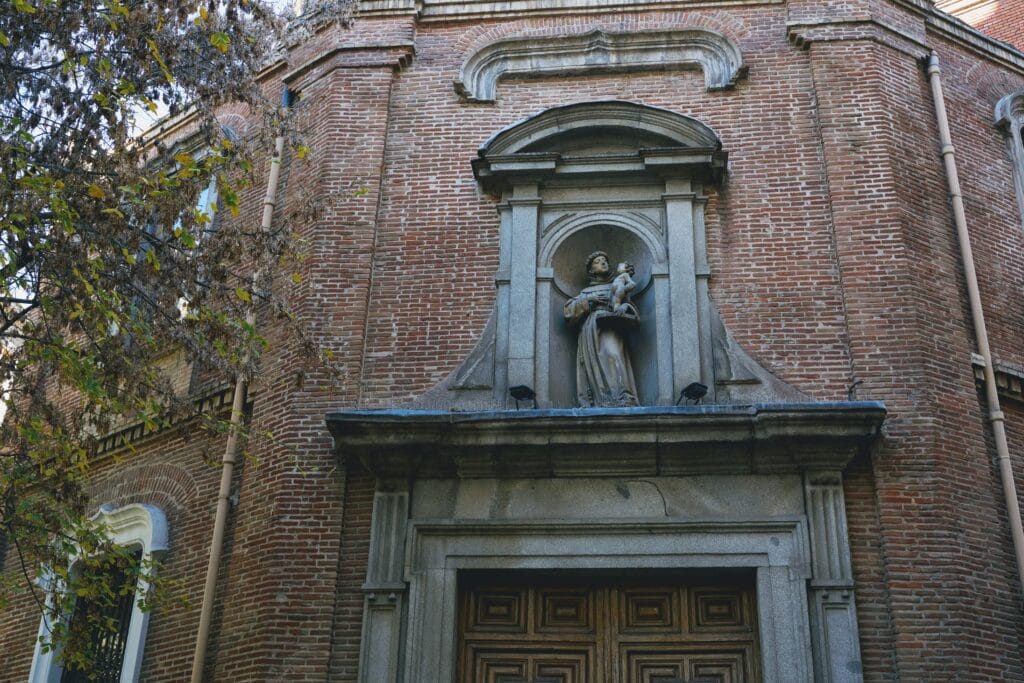
After being rechristened, the royal family commissioned Luca Giordano to paint its incredible frescoed dome. A prolific and versatile artist, Giordano was given the rather unfair nickname of “fa presto” (goes quickly) in his native Italy. However, he was by no means a hack and this ceiling sits along with some of his finest work – if you happen to be in London, you’ll find his fantastic painting of Perseus turning Phineas and his Followers to Stone in the National Gallery.
Bar Estupenda
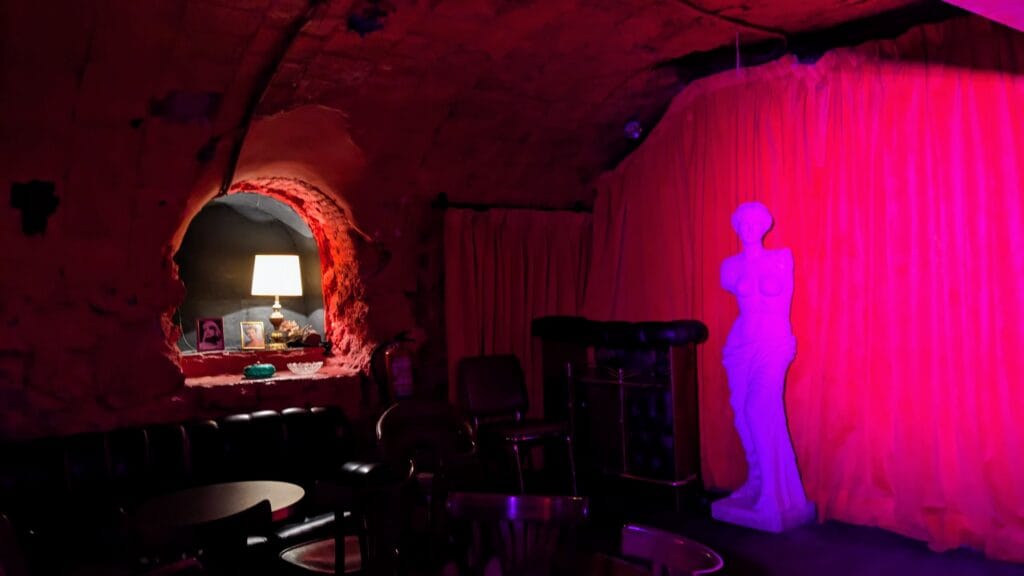
With a basement kitted out to look just like the Black Lodge, Bar Estupenda is a must-see for die-hard Twin Peaks fans. And, of course, it goes without saying that in the diner-style space upstairs, black coffee and cherry pie are served to an achingly cool clientele. But the weirdness doesn’t stop there: Bar Estupenda sits right opposite the Convent of San Plácido, a Benedictine order that was at the heart of an enormous sex scandal. Back in the 17th century, an investigation by the Spanish Inquisition revealed that the nuns and an altar boy named El Rubio were involved in “lascivious and sacrilegious practices”. If that juicy titbit whets your appetite, I go into more detail on my tour of Malasaña!
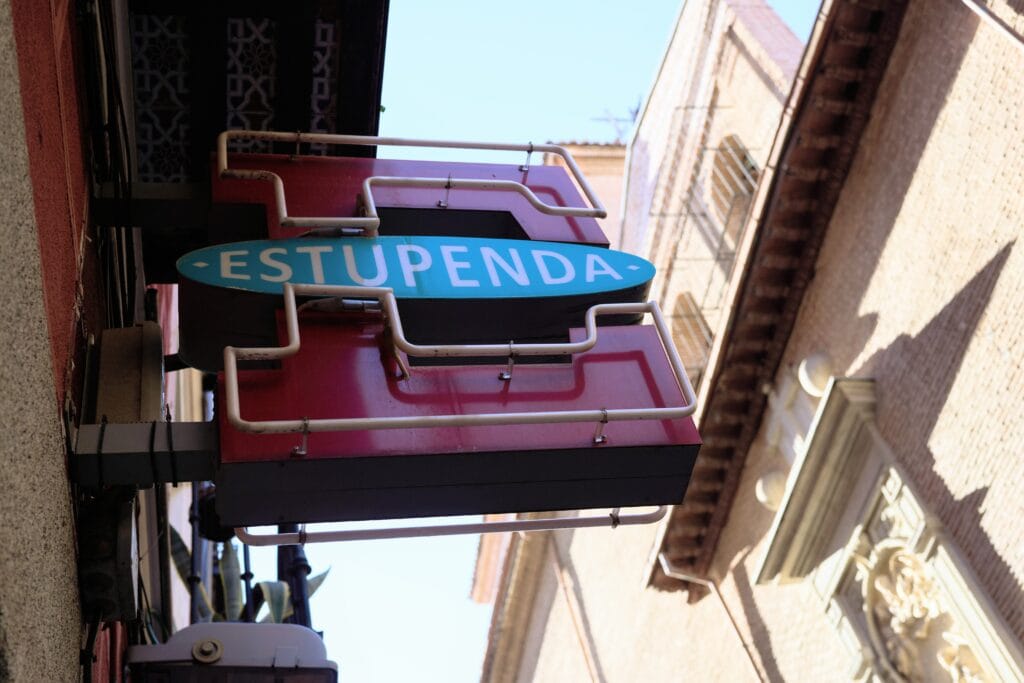
Want to find out more? My historical walking tour goes into the history of Malasana from its roots as a pious and yet somewhat sleazy suburb, up until the heady days of the Movida movement.
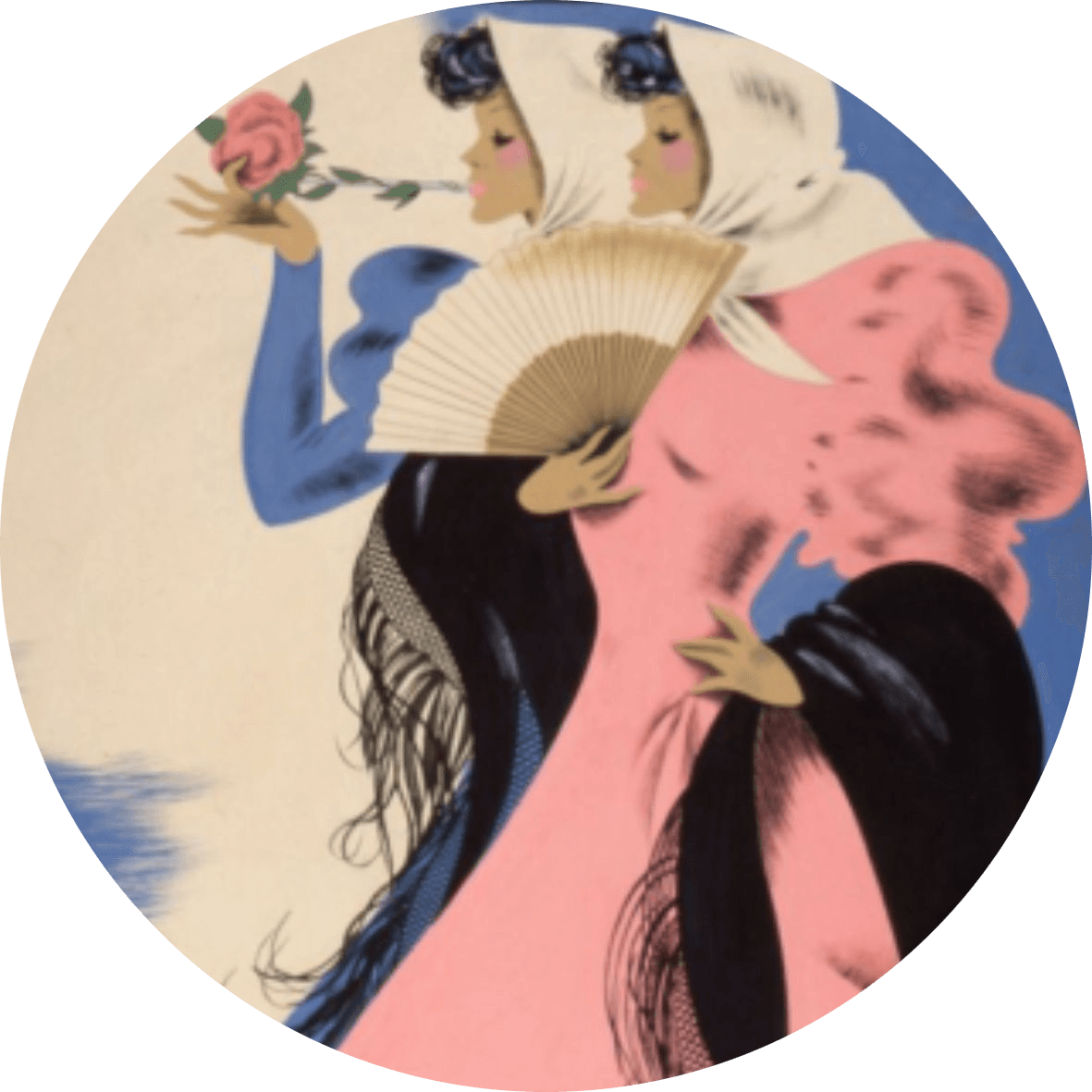
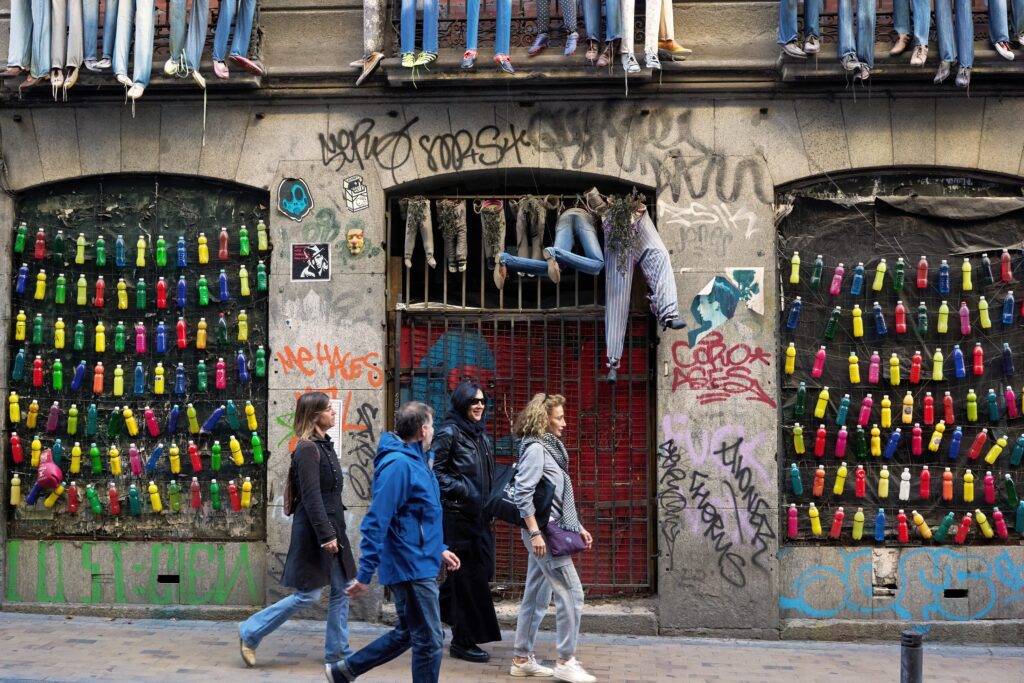

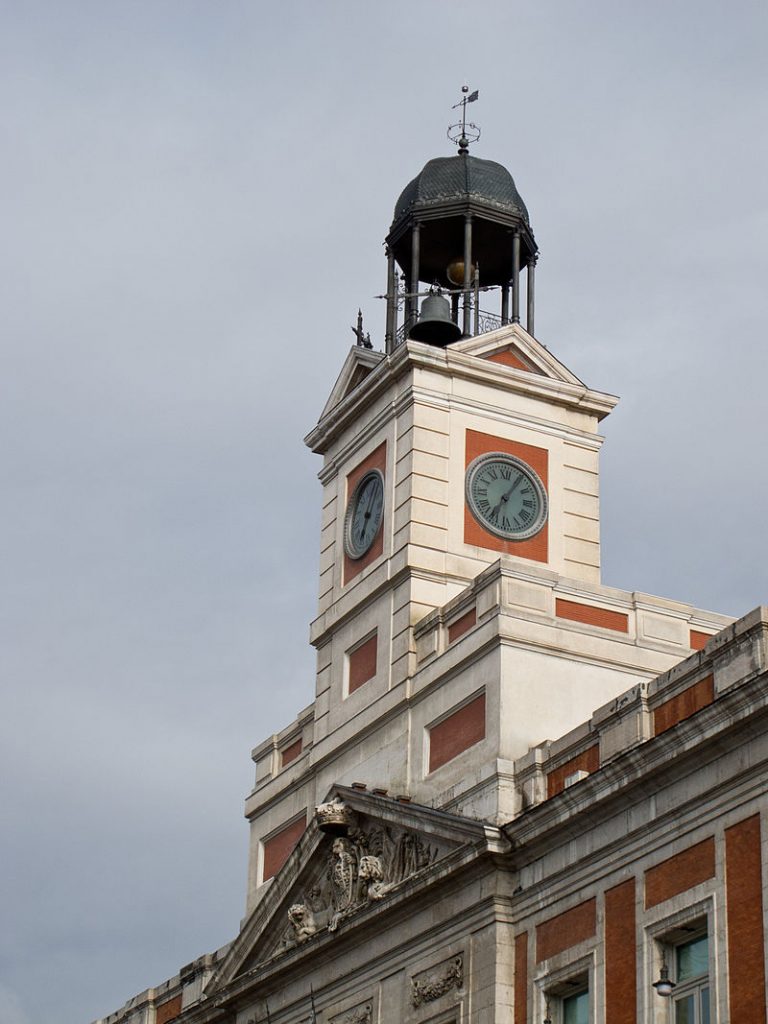
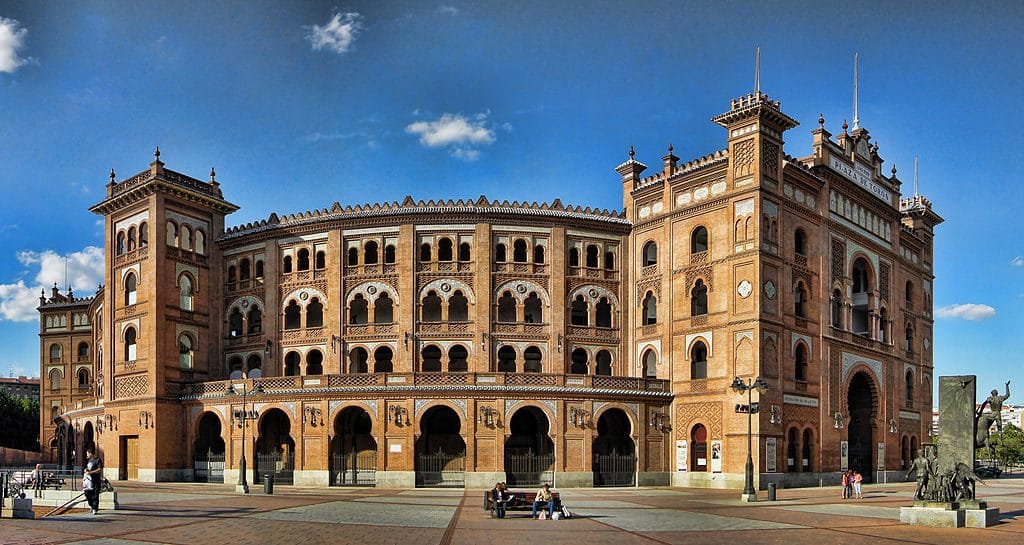
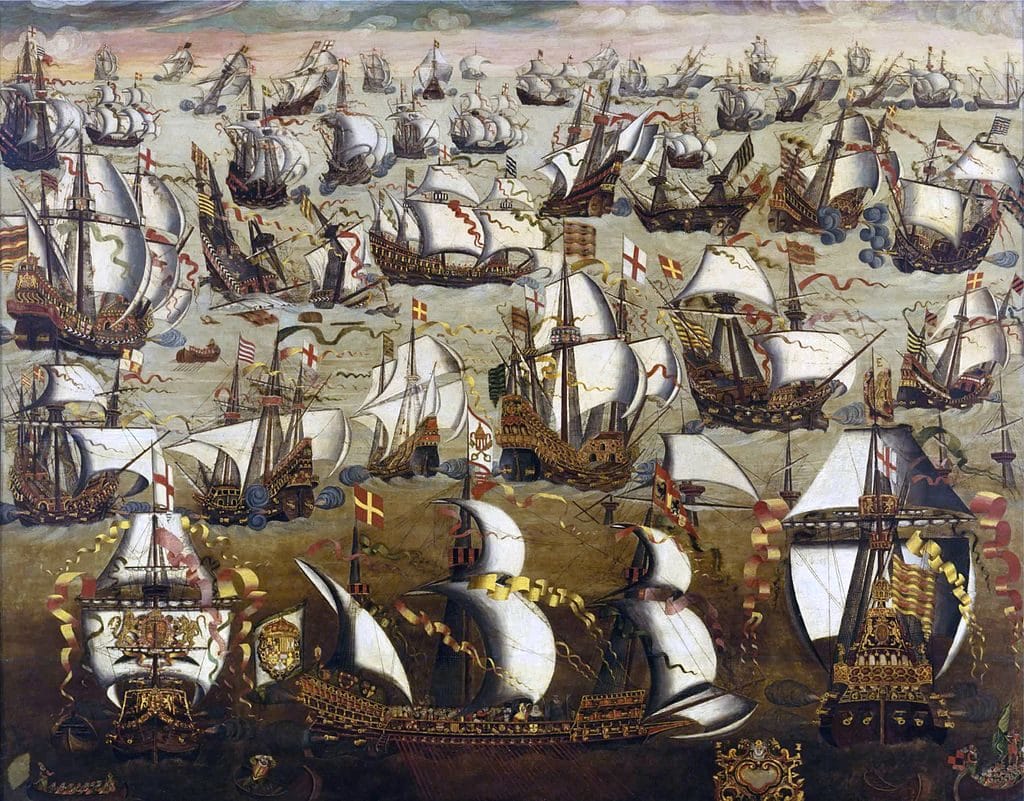
Pingback: Spain’s top picks for travelers - Spain for Americans
Pingback: Dos de Mayo: an Uprising Fought by Ordinary Madrileños - The Making of Madrid